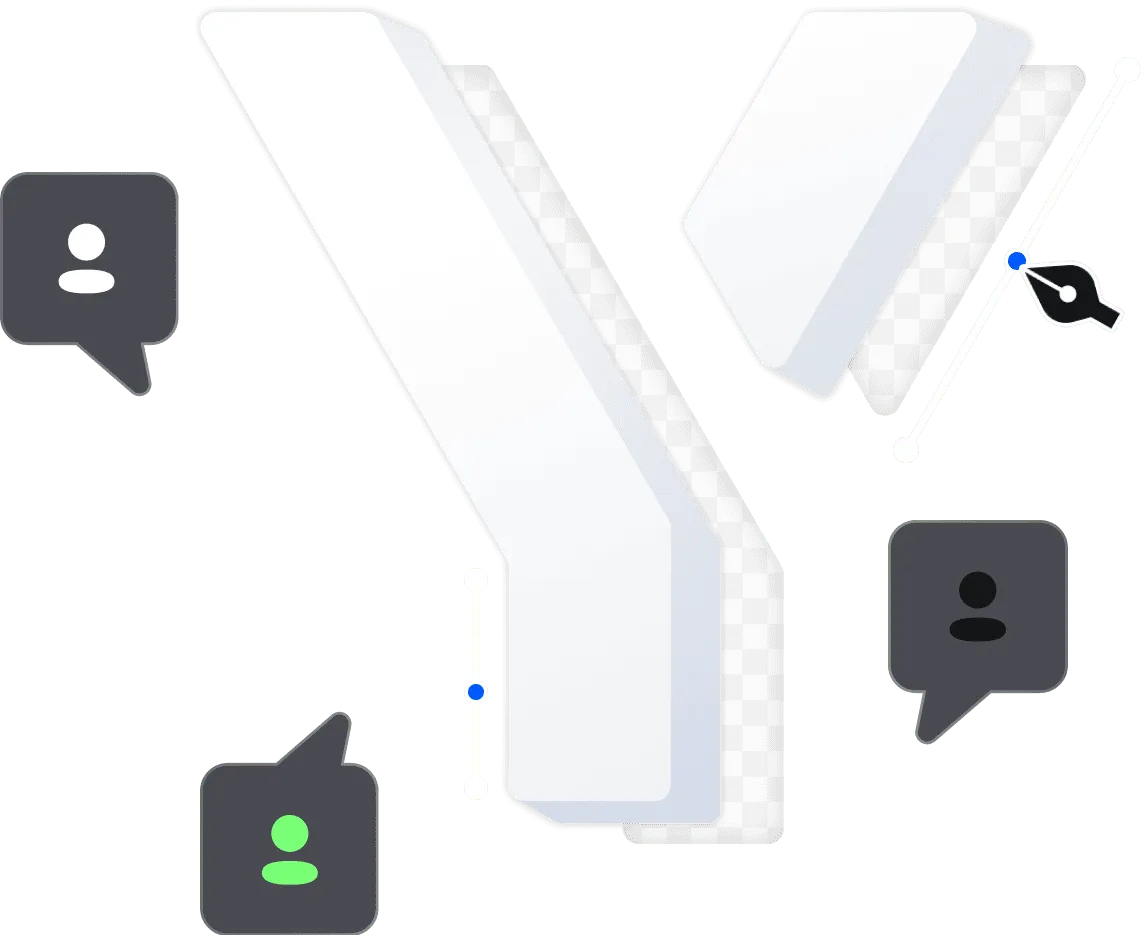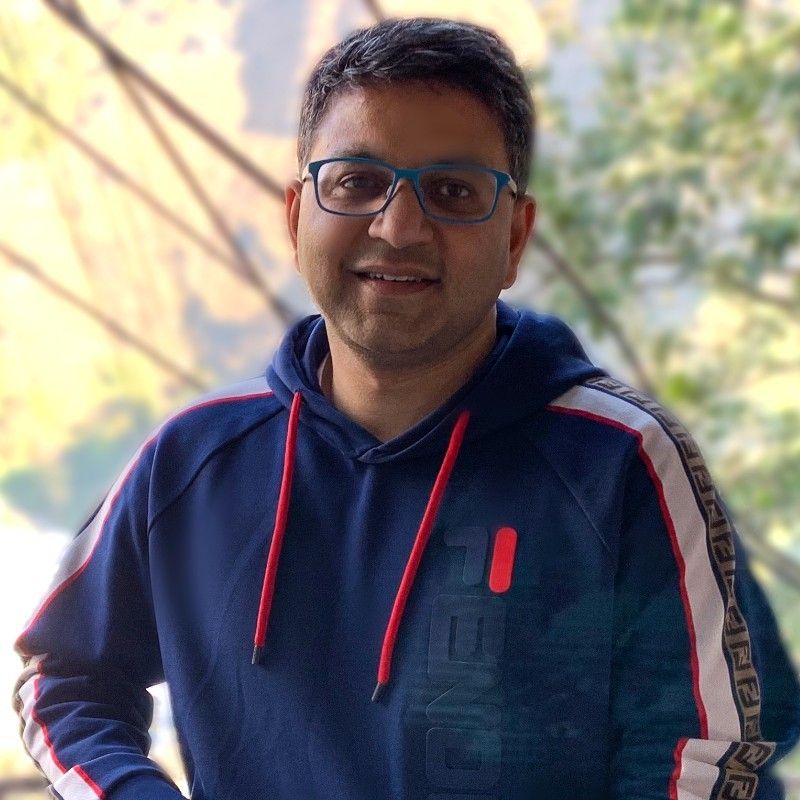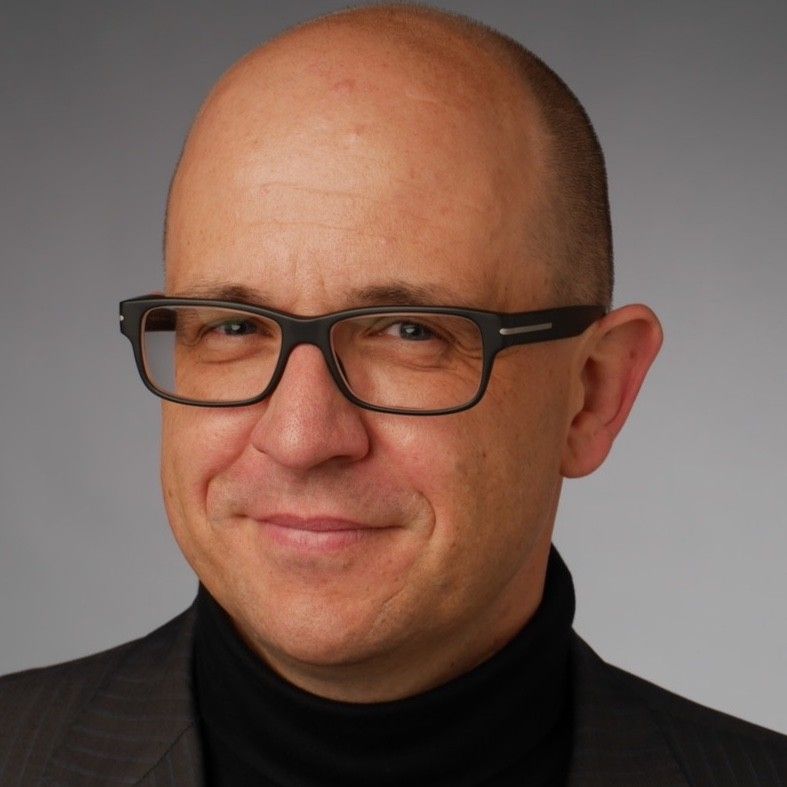Outsourced Product Development: All The Key Points In One Place

Living in our high-tech world, you've probably heard about outsourced product development. Most manufacturing organizations cannot imagine their strategies without outsourcing and offshoring – transferring part of production functions to third-party contractors in countries with cheap resources. Successful companies simply cannot throw away an advantage to attract cheap labor from developing countries to create software.
So, is outsourcing a thing you can easily neglect, or is this a great opportunity to gain an edge in today's market?
We are Yojji – a software development provider with many years of experience. We know everything about outsourcing product development (OPD) and will be happy to help you make the most out of this approach.
We’ve summed up everything you need to know about OPD, its types, and benefits – read the article and find out more about the topic.
What Is Outsourced Product Development?
Put simply, outsourcing is the process by which a company transfers part of its functions and production processes to other firms. Outsourced product development, as the name suggests, is the transferring of certain functions or all functions connected with product development and maintenance. It allows the customer to receive quality services while reducing their administrative costs. Ensuring the stable operation of the system, protection against failures, and solving force majeure problems will be borne by the contractor.
How is product development outsourcing different from software application development outsourcing? Let's deal with this. The fundamental difference lies in the set of skills, standards, and experience of implementing necessary to develop a product.

The fleshing out of the differences between product and software application development is an issue requiring special attention, but here we will try to outline the main OPD differing characteristics. They can be divided into:
Technology-related ones
An app is made to order for a particular organization or group of users, but the product is universal and is designed to satisfy the requirements of a wide range of customers. Each customer should be able to apply the product in the most appropriate way. Therefore, it should be adjustable, modifiable, reliable, well-designed, and should have a solid foundation allowing for the creation of new functions. If we’re talking about an application, it is enough that system requirements are implemented. This does not apply to product creation. A software product has multiple versions and multiple languages, and the result may be a lot of coexisting versions. If initial engineering isn’t good, product maintenance can make things hard for you.
Human-related ones
Creating a well-designed product demands more proficiency and a larger skill set than the one required to create the app. Usually, application development customers check out its screens to see if it works well. In turn, product development customers examine the codebase to make sure that it complies with features such as adjustability, reliability, modifiability, and architectural consistency. Consequently, the professionals involved in product development must have more experience and skills than application developers.
Process related ones
Proper documentation, excellent configuration control, careful compliance with design, architecture, and coding standards are all important, but not necessarily in the case of an application. When developing software products, these criteria are vital.
As you can see, outsourcing product development has considerable differences from application development and that is why it requires a special approach.
The Most Effective Product Development Outsourcing Models
Choosing the right outsourcing model is a key element of creating a company's outsourcing plan. There are various models you can follow in order to outsource your product building, but they all stand on three pillars: staff growth, dedicated teams, and project-based outsourcing.
These models have a rock-paper-scissors game principle – we cannot say that one is better than the other. According to your requirements, one is superior to the other, and they are all needed to achieve balance when solving outsourcing problems. Let’s dwell a bit on this.
1. Staff growth model
This is perhaps the simplest form of outsourcing. It is about creating a development team and organizing a workplace for the service provider. However, all other key points (for example, evaluation and monitoring the workflow, running projects in progress) are the responsibility of the customer. The same goes for personnel management. It is the provider's responsibility to ensure that staff is at the workplace, distribute vacations, assign payments, etc. Staff recruitment, teambuilding efforts, division of tasks are the customer’s job.
2. Dedicated team model
In this case, besides team building, the provider is responsible for personnel administration, low-level tasks, and build quality. You don’t get a group of specialists working on low-level tasks, but a team involving in a number of projects or delivering a specific complex service. Staff recruitment is the provider’s mission. The provider develops a working strategy for the team and then enforces it. The functions of micromanagement and controlling are transferred to the provider's side as well.
However, a customer usually takes decisions on project management. The level of responsibility can be different: some prefer to control the project independently from top to bottom, others allow an external team to launch their own internal projects. In some cases, the product is completely transferred to the provider’s service.
3. Project-based model
This option is more clear. It implies that there is a predetermined goal the provider should achieve within a specified period of time. The goal is usually a set of requirements that the developed product should satisfy.
The benefits and drawbacks of different outsourcing models result from their definitions. Keep in mind that the more responsibility for the project or for the result of the work you give the provider – from the staff management to full control of the process – the more you pay for the same task completed in the same time frame.
Why Is It A Good Idea To Outsource Software Development?
The software market becomes more developed and competitive every day. Companies are under tremendous pressure to keep bringing new products to the market. In a globally competitive marketplace, software vendors' efforts to reduce time-to-market are hampered by short product life cycles, obsolescence of production methods as well as the rapid development of design and engineering techniques, as well as an increase in their complexity.
Furthermore, product development is a complex activity that requires a lot of effort and time. An easy way for software vendors to produce new versions faster is to outsource product development to an OPD provider. Such a solution provides you with many significant benefits, including:
- access to modern technologies and new resources
- optimization of IT processes
- cost reduction
- definition of clear terms
- reliable forecasts
Yojji specialists develop software products for companies around the world. With this knowledge gained, we’ve developed a number of unique solutions to achieve the goals. This experience can be useful for both the customer and their staff. We provide an individually developed outsourcing model that is developed according to the wishes and needs of the customer. You don't overpay for services here because you pay exactly for what you need at the moment!

Yojji successfully delivered the project within schedule. They demonstrated excellent project management via weekly sprint demos and promptly made adjustments based on the client's feedback. Their responsiveness and collaborative attitude were key elements of their work.

5.0
Yojji was an instrumental part of the client’s team, working closely with them to achieve the product’s success. The team was very collaborative and timely, and their performance was amazing. Additionally, their resources were experienced, professional, and enjoyable to work with.

5.0
Yojii is impressive both in quality of development work as well as their commitment. Strong focus on delivery, highly technical personnel, flexible approach that allows for rapid development. Strong processes that allow for solid controls.

5.0
We’re very happy with the way that Yojji works, which is why we’ve spent so much money and engaged them for such a long time. We treat them as employees in regard to responsibilities and expectations, and they haven’t disappointed us.

5.0
As a company, we find Yojji to be excellent development partners - we cannot recommend them more highly and will be very happy to continue working with them in the future.

5.0
They are really nice people with excellent technical backgrounds.

5.0
We used Agile project management methodology and were in contact with the team and project manager daily.

5.0
They all had a super positive outlook and were dedicated to getting the work completed to a high standard.

5.0
Yojji has delivered an accessible product with thorough consideration for the client's requirements. Users have commented on the platform's user-friendliness and speed. Moreover, the team is easy to communicate with and provides frequent updates. Their development and design skills are impressive.

5.0






